SCS Blog Search
| Title | |
|---|---|
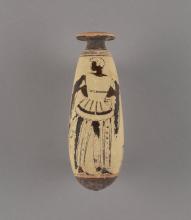
|
Blog: Call It What It Is: Racism and Ancient EnslavementJaval Coleman | |

|
Blog: Dissertation Spotlight: Language and Difference in HerodotusEdward Nolan | |
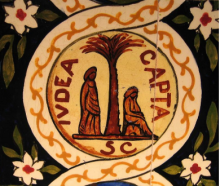
|
Blog: Dissertation spotlight: A Tale of Four Cities: Exploring Classical Reception in Modern HebrewGiacomo Loi | |
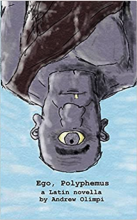
|
Blog: Latin Novellas and the New PedagogyThomas Hendrickson | |
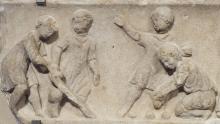
|
Blog: Think of the Children: Reflections on Reception of the Classical Worldfunkem, victoriaaustenperry | |
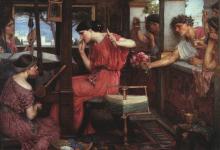
|
Blog: Weaving Humanity Together: How Weaving Reveals Human Unity in Ancient TimesAnika T. Prather | |
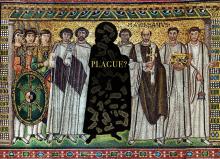
|
Blog: Why do we think ancient pandemics changed the world?Merle Eisenberg, Lee Mordechai | |

|
Blog: Ancient Worlds, Modern Communities: Ancient Worlds through Modern PodcastsNina Papathanasopoulou | |
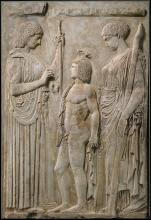
|
Blog: Classics Everywhere: Fostering Interaction and Engagement in School-Aged ChildrenNina Papathanasopoulou | |
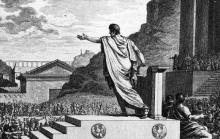
|
Blog: Impeachment and Republican RomeSerena Witzke | |
